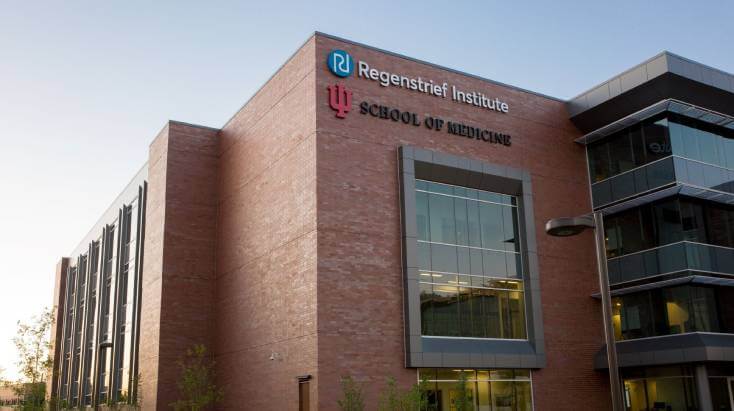Published in Journal of Infection and Public Health. Here is a link to the article.
Regenstrief Institute author: Brian Dixon, PhD, MPA, Katie Allen, PhD, (Regenstrief staff), Shaun Grannis, M.D., M.S.
A new study from the Track PCC surveillance network provides one of the most comprehensive looks to date at the incidence of Long COVID — also known as Post-COVID Conditions (PCC) — during the Omicron variant period. Using electronic health records and public health data across five diverse U.S. regions, researchers examined trends in both adults and children diagnosed with COVID-19 between January 2022 and April 2024.
The study analyzed 438,491 adult and 85,264 pediatric COVID-19 cases, identifying new or ongoing conditions using diagnostic codes for 49 PCC-related health issues. Researchers calculated PCC incidence per 1,000 person-days across three post-acute periods: 31–90 days, 91–180 days, and 181–365 days after infection.
Results showed that PCC incidence was highest within the first three months following infection—ranging from 2.95 to 5.05 per 1,000 person-days in adults and 1.53 to 3.15 in children. Older adults and individuals with three or more pre-existing health conditions were more likely to experience PCC. Importantly, the data indicated that PCC rates remained stable across Omicron sublineages, suggesting that the burden of Long COVID did not increase during this period.
Researchers emphasize that continued PCC surveillance is essential for understanding the evolving public health impact of COVID-19. By identifying who is most at risk and tracking trends over time, health officials can better anticipate healthcare needs, guide treatment efforts, and inform prevention strategies as the pandemic continues to evolve.
Authors:
Brian E Dixon1, Katie S Allen2, Nicole Simmons3, Jason Brinkley3, Jennifer G Andrews4, Bari J Dzomba5, Marina O Feiler6, Resa M Jones7, Miguel Reina Ortiz8, Vinita Sharma8, Alexandra F Dalton9, Caroline Pratt9, Shaun J Grannis10, Sharon H Saydah9; Track PCC Study Group
Affiliations
1Fairbanks School of Public Health, Indiana University Indianapolis, Indianapolis, IN, USA; Center for Biomedical Informatics, Regenstrief Institute, Indianapolis, IN, USA; Center for Health Information and Communications, Richard L. Roudebush VA Medical Center, Health Systems Research Division, Department of Veterans Affairs, Indianapolis, IN, USA. Electronic address: bedixon@regenstrief.org.
2Fairbanks School of Public Health, Indiana University Indianapolis, Indianapolis, IN, USA; Center for Biomedical Informatics, Regenstrief Institute, Indianapolis, IN, USA.
3Abt Global, Rockville, MD, USA.
4Department of Pediatrics, University of Arizona, Tucson, AZ, USA.
5Department of Health Services Administration and Policy, College of Public Health, Temple University, Philadelphia, PA, USA.
6Department of Epidemiology and Environmental Health, School of Public Health and Health Professions, University of Buffalo, Buffalo, NY, USA.
7Department of Epidemiology and Biostatistics, College of Public Health, Temple University, Philadelphia, PA, USA; Fox Chase Cancer Center, Temple University Health, Philadelphia, PA, USA.
8Fairbanks School of Public Health, Indiana University Indianapolis, Indianapolis, IN, USA.
9Centers for Disease Control and Prevention, National Center for Immunizations and Respiratory Diseases, Atlanta, GA, USA.
10Center for Biomedical Informatics, Regenstrief Institute, Indianapolis, IN, USA; Department of Family Medicine, Indiana University School of Medicine, Indianapolis, IN, USA.








